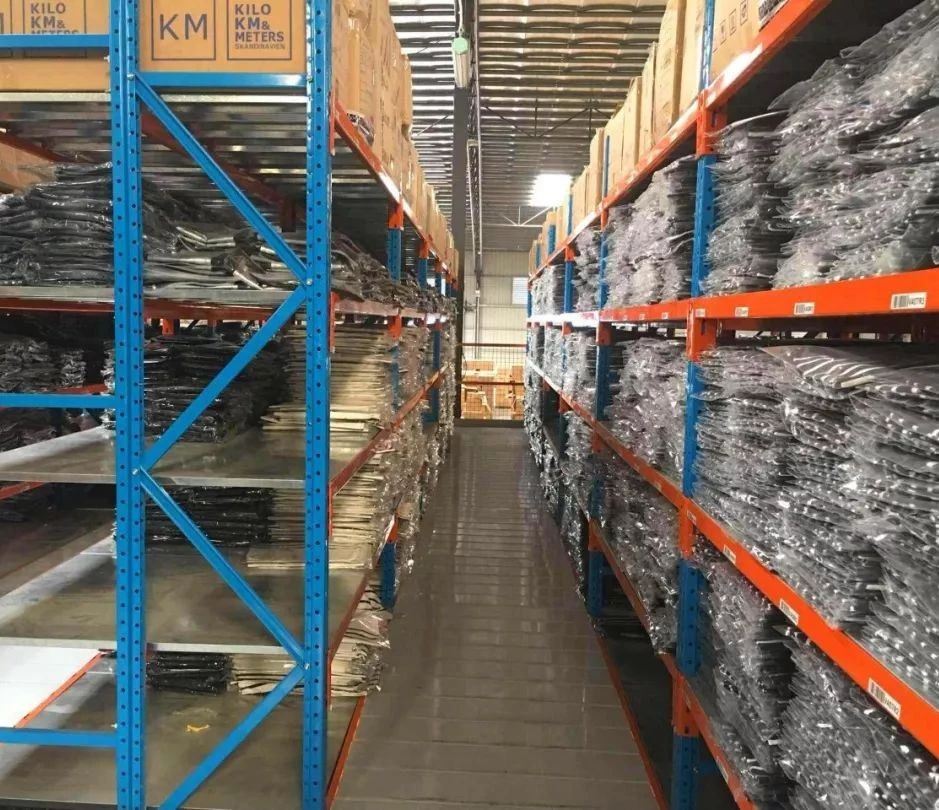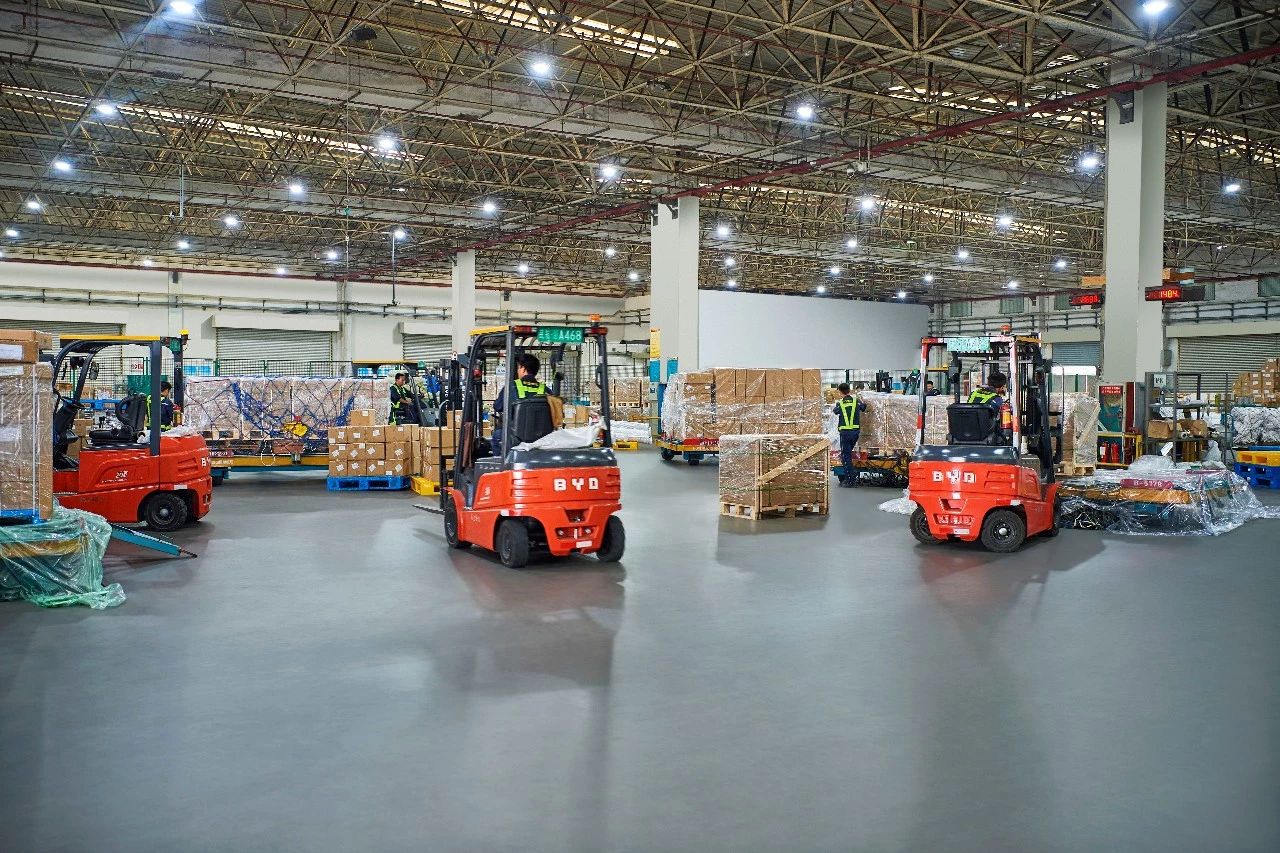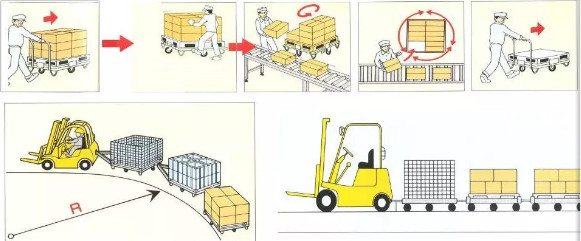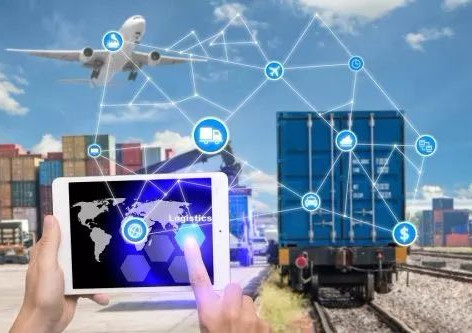As a consumer, I'm sure everyone has had this experience: Why hasn't the delivery arrived yet? After purchasing goods online, one is either urging the merchant to ship the items or refreshing the logistics information on their phone.

This reflects that with the development of new retail, online shopping platforms have become the main consumption entry point for the public. The high demand for order volume urges enterprises to accelerate their pace to improve the efficiency of warehousing, logistics and transportation.
How to improve?
1、Rationally plan the warehouse layout.
The overall layout of a warehouse refers to determining the area and relative position of each zone based on the actual logistics operation requirements, and ultimately obtaining the floor plan of the warehouse. Generally, a warehouse is divided into three major components: production operation area, auxiliary area, and administrative area.
Among them, the production operation area is the core zone, usually consisting of loading and unloading platforms, inbound/outbound areas, storage areas, passageways, sorting areas, etc. When conducting overall planning, the layout of the production operation area needs to be given particular consideration.

In modern warehouses, the general storage area accounts for 40% to 50%, the aisle area for 8% to 12%, the inbound/outbound area for 10% to 15%, the sorting area for 10% to 15%, and the return and non-conforming goods area for 5% to 10%. The main roads are generally two-lane, with a width of 6.7 to 7 meters, and the secondary roads are single-lane with a width of 3 to 3.5 meters.

By rationally planning the layout of the warehouse and clearly dividing each area, forklifts can save more time and space when performing material handling operations, avoid unnecessary routes, and improve transportation efficiency.
2、Select the appropriate logistics handling equipment.
Forklifts are commonly used handling equipment in warehousing and logistics. The selection of forklifts should also be based on the actual needs such as the width of the warehouse aisles and the volume of the materials to be handled, to ensure that the goods can be moved in and out conveniently and quickly.

Second, for the handling equipment, the loading and unloading tools and forklift attachments should be reasonably designed based on the shape of the materials in the warehouse. For instance, the forklift pallets for paper rolls should be arc-shaped, and the flat pallets should be equipped with rolling brake devices and dedicated paper roll clamps.
Finally, within the constraints of the size, type and turning radius of the forklift, try to minimize the space occupied by the passageways.
3、Apply cutting-edge logistics and transportation technologies
With the development of the times, traditional logistics transportation technologies have been unable to meet the increasingly diverse demands of the market. As a result, intelligent logistics technologies such as intelligent technology, automation technology, and information technology have emerged.
Enterprises must also accelerate their pace in building intelligent logistics warehouses, integrating transportation, storage, packaging and loading/unloading in the logistics process into an integrated system, making warehouse logistics more data-driven, systematic and intensive.

This is also why some enterprises choose AGV (Automated Guided Vehicle) for their operations. Compared with manual forklift operation, the pre-defined transportation routes of AGVs are more efficient than manual operation.
The cloud intelligent management of forklifts is an important part of achieving digitalized management in intelligent logistics warehouses. Displaying the operation efficiency, fuel consumption statistics and other data of forklifts on the computer terminal can help us know the usage status of forklifts in advance, which can reduce the decline in work efficiency caused by forklift faults and other problems.
In the warehousing and logistics industry, "fast" is the key to success and an important means to capture more consumers and a larger market. Achieving "fast and good" is even more challenging. This requires enterprises to grasp the key points of improving transportation efficiency in warehousing and logistics, optimize the people, goods and places in warehousing, and keep up with the latest logistics technologies.